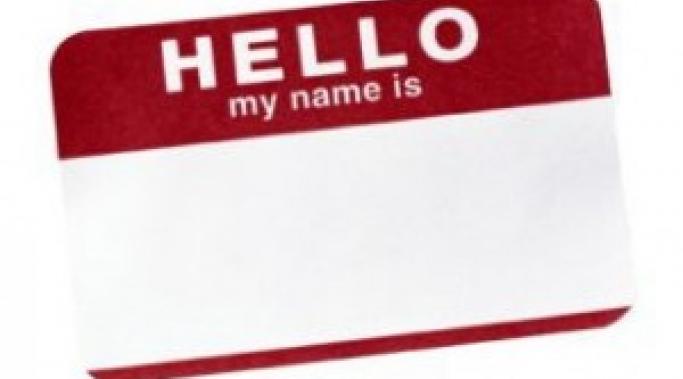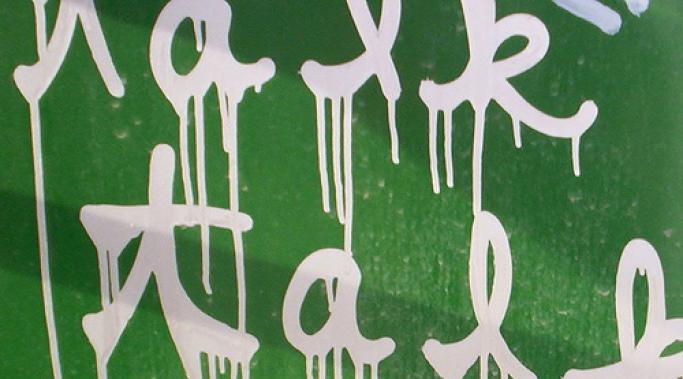I've lived virtually my whole life with a vague but pervasive sense that somewhere there were people I couldn't see who knew things about me I didn't. When I was diagnosed with dissociative identity disorder, I finally understood that the information I wasn't privy to existed in my own head, guarded by alter personalities. I naively thought I could simply ask and all would be revealed to me. I quickly learned that developing internal communication isn't nearly that easy. But there are dialoguing techniques that can help.
Dissociative Living
I dreamed I was at the mall, shopping with my partner. We strolled through the stores, bought a few things, and went home. It wasn't a particularly noteworthy dream but I mentioned it in passing to her anyway. "That wasn't a dream," she said. "We did that yesterday." How did I confuse reality for a fiction created by my dreaming mind? Memory is a tricky thing and dissociation complicates remembering. It's only because I have dissociative identity disorder (DID) and am aware of my dissociative memory problems that I believed her when she said it wasn't a dream. It didn't, and still doesn't feel like a memory at all.
Lately I've a greater need for Dissociative Identity Disorder support and community. But like most people with DID, I have serious trust issues. I'm far more comfortable on the fringes of any given group where I have a clearer view of the dynamics and can maintain a safe distance. Still, I'm a human being wrestling with tough stuff. I need understanding and fellowship - something many with DID find sporadically, if at all. It's important, therefore, to get the most out of whatever support we're given.
Anytime I'm traveling by car - whether I'm the driver or a passenger, whether it's a quick jaunt to the store or a half-day road trip - detailed visions of gruesome car accidents repeatedly interrupt my thoughts. These intrusive images are involuntary and a common symptom of posttraumatic stress disorder (PTSD) (typically comorbid in those with dissociative identity disorder). Until recently, I didn't understand why these particular intrusive images plague me so. I've never been in a serious car accident. It surprised me to learn what now seems obvious: any form of potential danger can trigger PTSD symptoms.
I'm thoroughly exhausted by the effort I expend to shield others from Dissociative Identity Disorder. I'm worn out on cleaning up the messes that inevitably occur when all that effort just isn't enough. I don't want to apologize for those messes anymore just now. I don't want to explain. I don't want to make speeches about personal responsibility and how I won't blame Dissociative Identity Disorder for problems directly related to - surprise! - Dissociative Identity Disorder. There are only so many guilty verdicts I can receive before I start to feel a little worthless. And I can only try so hard to protect the people around me from DID before I'm depleted.
If I'd kept quiet about my brush with hospitalization a couple of weeks ago, my doctor would have been the only person who knew anything was seriously wrong. I missed a blog post the following Monday, but easily could have feigned some other, less embarrassing emergency. We were in the midst of moving and still managed, with a great deal of help that would have been necessary either way, to get the old place emptied and the new one full. Even my family didn't realize the jeopardy I was in. How is it possible to be desperately unwell and no one know? Dissociative Identity Disorder makes passing as normal not only possible for me, but nearly unavoidable.
One of the most persistent myths about dissociative identity disorder (DID) is that people with it are schizophrenic. Schizophrenia and DID are generally considered synonymous with each other when, in fact, they're two entirely different disorders. There's no relationship between dissociative identity disorder (formerly known as multiple personality disorder) and schizophrenia at all. People more educated than I could write entire books about the differences between these two chronically misunderstood disorders. I focus on what I see as the dead giveaway: the issue of identity.
In an email conversation I had last week with someone who also has Dissociative Identity Disorder, the issue of hospitalization came up. I was impressed by this person's pro-active perspective. He appeared to accept the fact that inpatient stays are sometimes a part of the recovery process. Historically, my attitude has been much different. But I've decided his forward-thinking approach is healthier.
If you have Dissociative Identity Disorder you've probably been instructed at least once to create a map of your system. A system map, I've been told, is essentially a recording on paper of alters' names, ages, and roles - arranged according to where they are in relationship to each other. I've never successfully completed one. If that were the only definition of a system map, I likely never would.
When I was first diagnosed with Dissociative Identity Disorder, I did what I always do when faced with something I have no idea how to handle: I went to the library. As a rule, I don't read autobiographical accounts of DID but I voraciously digested everything else I could get my hands on. Most of the literature agreed on the basics of Dissociative Identity Disorder treatment, including the consistent message that establishing internal communication is an essential first step, second only to stabilization. "Ask inside" quickly became the most irritating, eye-roll inducing directive I heard. I hated it for one reason: it didn't work.









